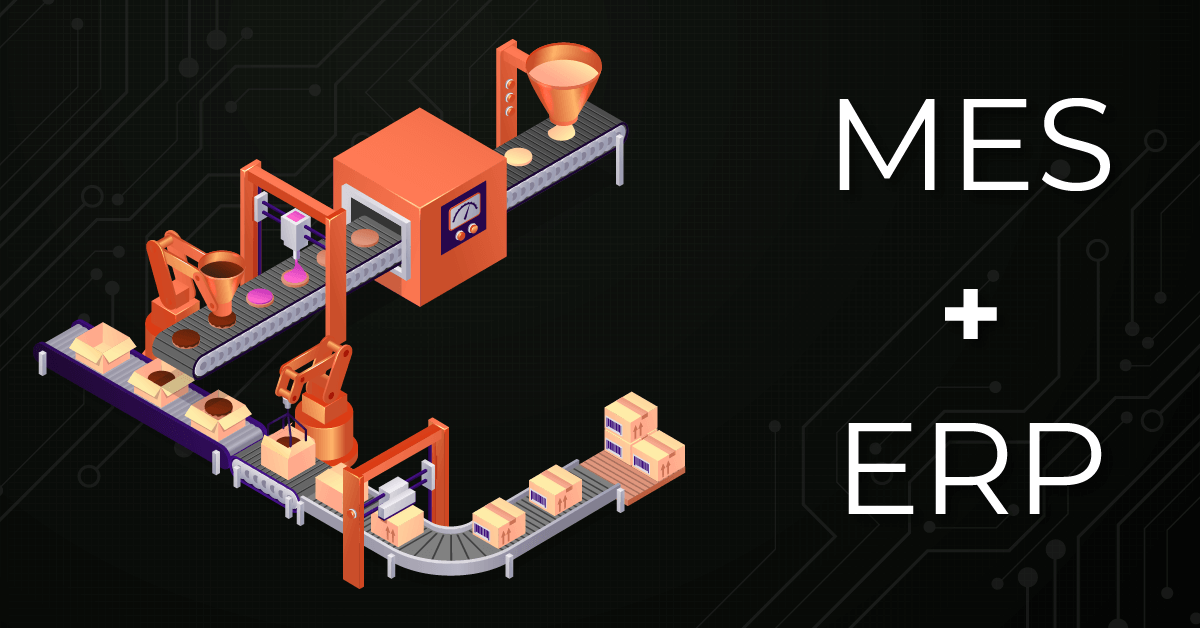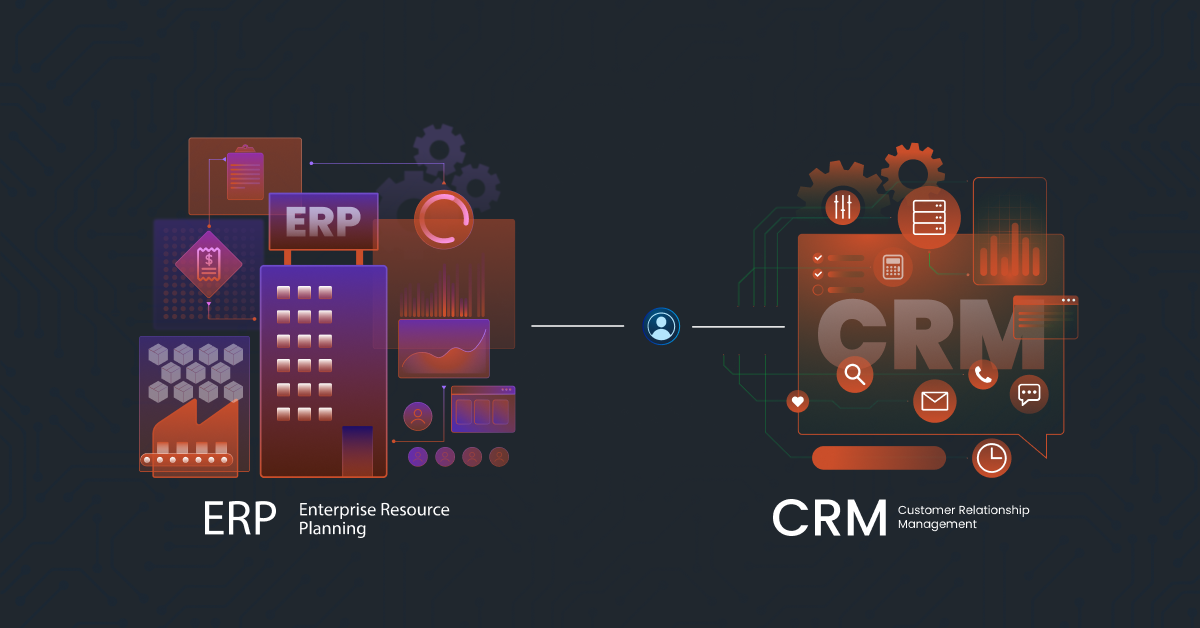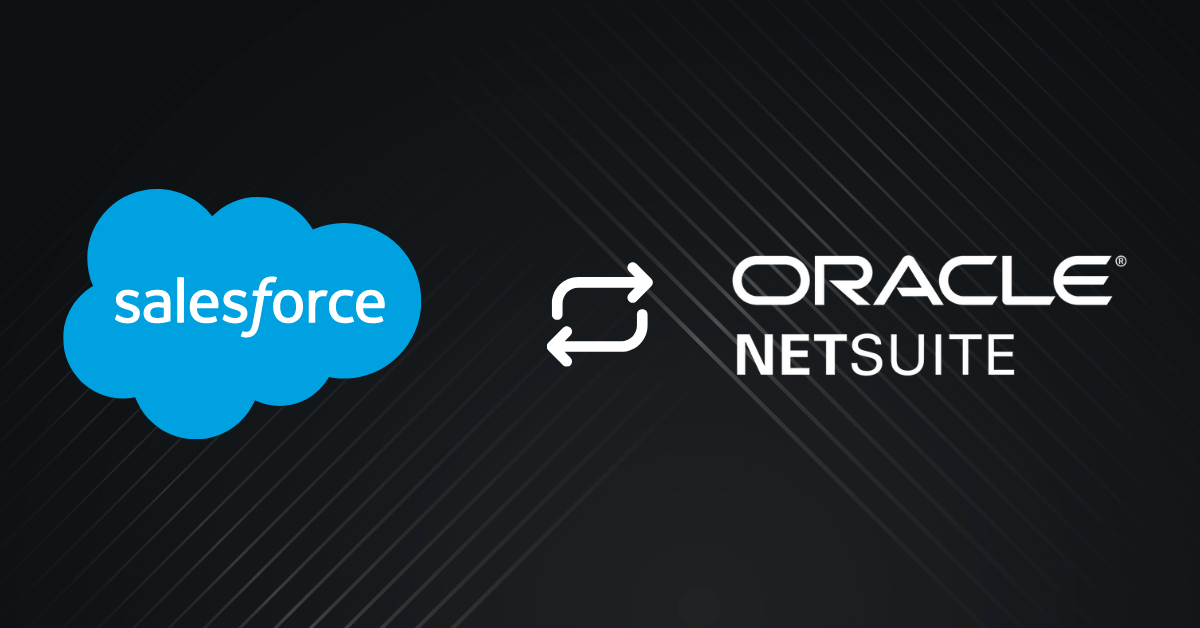Thanks to cloud computing, organizations now have the freedom and scalability to run their operations more effectively, which has completely changed how businesses function. Because it directly affects their IT infrastructure, costs, and overall business performance, choosing between on-premise solutions and cloud-based solutions is critical for companies.
In this post, we’ll look at the key differences between on-premise and cloud ERP systems, how they appear in practical situations, and how to successfully integrate them using DCKAP Integrator.
Understanding On Premise vs Cloud
On-Premise
In the traditional approach, software and infrastructure are hosted at the organization’s physical location. This is called “on-premise.” The company owns, runs, and takes care of its hardware, servers, and software.
Example Tools: SAP ERP, Microsoft Exchange Server On-Premise, Microsoft Dynamics GP
Characteristics:
- Control: Complete control over hardware, software, and data.
- Maintenance: The company updates and secures the system.
- Customization: This is very customizable to match organizational needs.
- Cost: High upfront hardware, licensing, and setup costs. Significant ongoing maintenance costs.
- Security: More control over security, which is crucial for highly regulated industries, though it requires dedicated security efforts.
Who Benefits:
On-premise solutions are ideal for businesses that:
- Have strict compliance, regulatory, or security requirements.
- Need full control over their data and infrastructure.
- Require customized solutions tailored to unique business needs.
- Have the budget for significant upfront and ongoing costs.
Advantages:
- Complete control over hardware and software configurations.
- Enhanced data privacy and security due to local hosting.
- Customization opportunities tailored to specific business needs.
Disadvantages:
- High upfront investment for hardware and software.
- Ongoing maintenance, energy costs, and scaling challenges.
- Longer lead time for upgrades and expansions.
Cloud:
The cloud is a method of operation in which software, services, and infrastructure are kept on servers in numerous locations, under the control of outside companies, and accessible online.
Example Tools: Amazon Web Services, Microsoft Azure, Google Workspace, Microsoft Dynamics 365
Characteristics:
- Scalability: Easy to scale to meet organizational demands, generally with pay-as-you-go pricing.
- Maintenance: The cloud provider updates and secures infrastructure.
- Flexibility: Allows remote work and collaboration from anywhere with an internet connection.
- Cost: Subscription-based pricing reduces upfront costs.
- Security: The cloud provider provides security, but organizations must follow their security rules and requirements.
Who Benefits:
Cloud solutions are beneficial for businesses that:
- Need to scale their infrastructure quickly without investing in physical hardware.
- Want flexible pricing models, paying only for what they use.
- Have remote or distributed teams that require access to systems from anywhere.
- Seek to reduce IT management complexity by outsourcing maintenance to the provider.
Advantages:
- Cost-effective with flexible pricing models.
- Easy scalability to adjust resources based on business demands.
- Managed security and automatic updates by cloud providers.
Disadvantages:
- Less control over data and infrastructure, as it’s managed by the provider.
- Dependence on internet connectivity.
- Some industries may face compliance challenges in the cloud.
The main trade-off between on-site and cloud computing is control against convenience. On-premise gives you more control but needs more management and investment. The cloud gives you more ease, flexibility, and scalability, but you give up some control to the provider.
To strike a balance between control, cost, and scalability, many organizations today adopt a hybrid strategy. This combines on-premise and cloud solutions.
Related read: ERP Legacy System Integration: When & How Explained
On-Premise vs Cloud ERP: Key Difference
On-premise ERP system servers control software, customization, and security. This technique works for businesses with unique compliance requirements or procedures that demand a considerable software, hardware, and maintenance investment.
In contrast, cloud ERP stores data on the vendor’s servers and makes it available online, eliminating substantial upfront costs. This subscription-based method offers flexibility and cheap upfront costs.
The cloud provider manages infrastructure, updates, and security, so companies may focus on using the system. Because cloud ERP is so scalable, businesses can change how they use their resources as they grow.
| Category | On-Premise ERP | Cloud ERP |
| Deployment | Hosted on the vendor’s servers and accessed online. | Installed locally on company-owned servers. |
| Control vs Convenience | Allows more control over the system and data. | Offers easy management infrastructure and upgrades |
| Cost Structure | High upfront and continuing costs. | Due to its subscription-based strategy, cloud ERP offers cheaper upfront costs. |
| Scalability | May require additional investment in hardware and IT resources. | Allows for easy resource modification. |
| Maintenance | Burden of maintenance, updates, and security on the organization: to be handled by in-house IT departments/trusted talent | Maintenance, updates, and security functions are handled by cloud ERP suppliers, decreasing internal workload. |
| Scalability and Flexibility | Requires businesses to invest in additional physical servers, storage, and hardware to scale. Limited flexibility due to physical hardware constraints. | Scalable and flexible, resources can be scaled up or down based on demand. Managed by the cloud provider, offering rapid scalability without capital investment. |
| Disaster recovery and business continuity | Organizations must plan and implement disaster recovery. Requires backup data centers and redundant systems for business continuity. Complicated and resource-intensive to maintain. | Cloud providers offer automated disaster recovery and backups. Global data center redundancy ensures minimal disruption in case of failure. High availability and continuous access, managed by cloud providers. |
| Integration and Interoperability | Integrating on-premise ERP systems with other software can be complex and time-consuming. Coordination between physical infrastructure components is needed. Adding new software may reduce integration reliability. | Cloud ERPs emphasize integration, offering APIs and tools to connect with cloud services and third-party apps. Cloud-native services enhance functionality and interoperability, with seamless updates managed by the provider. |
| User accessibility and Collaboration | Access is typically limited to within the organization’s premises or IT infrastructure. Remote access requires complex VPN setups or secure connections, limiting collaboration. | Accessible from any device with internet access, enabling remote work and real-time collaboration. Ideal for distributed teams and multi-location businesses. |
Integrating On-Premise ERP
ERP systems placed locally on a company’s servers must be integrated with other on-premise systems, databases, and applications in the IT infrastructure. Complex, customized integration solutions are needed to enable data flow between systems.
Challenges in On-Premise ERP Integration
Complexity of Infrastructure:
Legacy systems, databases, and custom applications that are part of a company’s IT infrastructure are all connected to on-premise ERP systems. To connect these systems, you need to know a lot about the IT infrastructure and find complex solutions that work in your environment.
Integration is complicated and time-consuming. It involves connecting systems with different technologies and standards.
Resource-Intensive Maintenance:
Resources are needed to maintain on-premise ERP integrations. Upgrades, adaptations, and extensions to the ERP system can impair integrations as businesses grow. In-house IT personnel must monitor, diagnose, and update all systems to ensure data flow and system compatibility. The demand for specific technical competence makes IT resources expensive and continuous.
Also see: Top 7 ERP Solutions for Distributors’ eCommerce
Scalability and flexibility limitations:
Scaling an on-premise ERP system and its integrations can be cumbersome. Adding new systems or expanding existing ones often requires significant hardware investments and manual reconfiguration of the integration architecture.
A lack of flexibility can make it hard for a business to quickly adapt to new business needs or technological advances. This can make it less agile in a market where competition is high.
Security and Compliance:
On-premise systems give you more control over security, but it’s hard to make sure that all of them work together to meet strict safety standards. Every system that connects to an ERP must follow the same security rules. If these rules are broken, the company could be in danger. In a complex on-premise setting, security needs to be managed with tight controls and regular audits. This adds to the administrative work.
DCKAP Integrator simplifies on-premise ERP integration. It provides a flexible, robust platform that can connect various systems, applications, and databases. It handles the complexities of on-premise environments.
It offers seamless data synchronization and reduces the manual workload for IT teams. By using DCKAP Integrator, businesses can ensure their on-premise ERP systems are effectively integrated with other critical business applications. This enhances overall operational efficiency.
Also read: The Best Cloud Integration Tools
ERP Integration for Cloud ERP
Cloud ERP systems are hosted on the vendor’s servers and accessed via the internet, making integration primarily web-based. Cloud ERP integration often involves connecting the ERP with other cloud-based applications or services, utilizing APIs and other modern integration technologies. This approach typically enables quicker and more agile integration processes.
Challenges in Cloud ERP Integration
Data Security and Privacy:
Integrating a cloud ERP system with other apps, especially on-premise or from various cloud providers, creates data security and privacy problems. When transmitting sensitive data online, companies must trust their cloud providers’ security. When third-party services store or handle data, it can be hard to follow GDPR rules in different countries.
API Dependency and Management:
Cloud ERP integration relies heavily on APIs to connect with other systems. While APIs facilitate seamless data exchange, they can also introduce challenges. API updates, changes, or deprecations by the ERP vendor or other connected services can disrupt integrations.
It can lead to potential downtime or data inconsistencies. Companies must actively manage API versions and dependencies to ensure continuous integration. This requires constant vigilance and technical expertise.
Integration with Legacy Systems:
Many organizations still rely on outdated systems that are critical to their operations. It’s hard to connect these older, on-premise systems to cloud ERP options. Since they use different technologies, data formats, and communication protocols. To link different systems, you need custom integration solutions or middleware. This makes things more complicated and increases the risk.
Vendor Lock-In and Interoperability:
Cloud ERP solutions are usually provided by other parties. It raises issues about vendor lock-in. Companies might find it hard to switch providers or connect their ERP to other cloud services if the vendor’s environment is closed. When using proprietary technologies or restricted integration choices, cloud ERP interoperability might be difficult.
DCKAP Integrator seamlessly integrates cloud ERP systems with other cloud-based or on-premise applications. Through pre-built connectors and API administration, it streamlines data integration across the business.
Businesses can make the most of their cloud ERP systems with the help of DCKAP Integrator. They can maintain reliable and secure interfaces with other business-critical applications.
Integrating On Premise vs Cloud ERP: Key Differences
- Deployment: On-premise ERP integration requires more complex, customized solutions tailored to the company’s local infrastructure. Cloud ERP integration is generally quicker and more agile, leveraging web-based technologies.
- Maintenance: On-premise ERP integration demands more ongoing maintenance and in-house IT resources. Cloud ERP integration benefits from the cloud provider’s infrastructure and frequent updates.
- Flexibility: Cloud ERP integration is typically more flexible and scalable, allowing businesses to easily adjust to changing needs. On-premise ERP integration may need significant effort to modify or expand.
Conclusion
Integration is very important whether your company has an on-premise ERP system or a cloud-based system. It improves the flow of data, streamlines business processes, and makes sure that all teams work together smoothly. On-premise ERP integration can be complex, resource-intensive, and challenging to scale. Cloud ERP integration, while more flexible, comes with its problems, such as data security, API management, and interoperability.
DCKAP Integrator is designed to address these challenges head-on. It offers a robust, flexible solution that simplifies ERP integration regardless of your deployment model. With its advanced capabilities, DCKAP Integrator streamlines data synchronization. It reduces the burden on IT teams and ensures that your systems work together smoothly.
See how DCKAP Integrator can change the way your business works and experience the benefits of an ERP system that works well with other systems.
FAQs
How does DCKAP Integrator improve the overall efficiency of ERP systems?
By automating data synchronization and reducing manual integration tasks, DCKAP Integrator enhances the efficiency of ERP systems. It enables faster decision-making and more streamlined operations.
How long does it take to implement DCKAP Integrator for ERP integration?
The implementation time varies based on the complexity of your integration needs. The DCKAP Integrator is designed to facilitate quick and efficient deployment, and can take an average of 6 weeks, though this may be impacted by the extent of preferred customization, number of data points, and whether or not APIs need to be customized to build the integration.
What industries benefit most from using DCKAP Integrator?
The DCKAP Integrator is designed for manufacturers and distributors. It provides tailored integration solutions that meet industry-specific needs, and for tools preferred by businesses in these industries.
How does DCKAP Integrator ensure the reliability of integrated ERP systems?
DCKAP Integrator ensures reliability through continuous monitoring, automated alerts, and robust error-handling mechanisms. It ensures that your ERP integrations remain stable and dependable.
Contents




